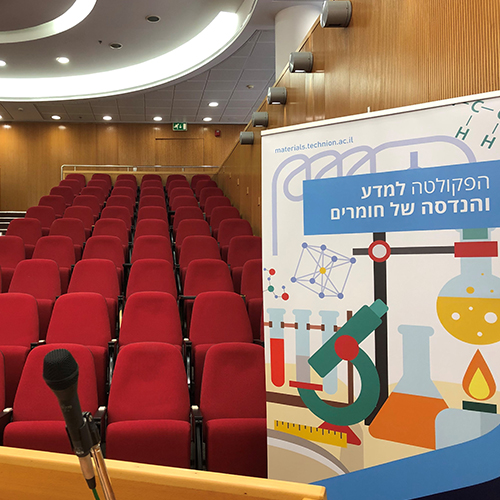
Dr. Zvi Yaari
06/02/2025
David Wang Auditorium, 3rd floor Dalia Meidan Bldg.
14:30
Novel biomedical application technologies have been rapidly improved in the past few decades. Despite recent technological progress, significant challenges persist toward more accessible, precise, inexpensive, rapid, automated, and patient-facing methods. Optical spectroscopic and imaging technologies have multiple advantages to current practices, such as versatility, fast and robust signal, and noninvasive and nondestructive probing techniques that can be easily integrated into current medical devices such as catheters, endoscopes, or biopsy needle channels. Single-walled carbon nanotubes (SWCNTs) have been developed as near-infrared (NIR) fluorescent nanosensors and demonstrated in vitro and in vivo with great interest for using them in biological and clinical applications and the methods designed to probe them. The advantages of SWCNT include resistance to photobleaching and high sensitivity towards biological environments.


